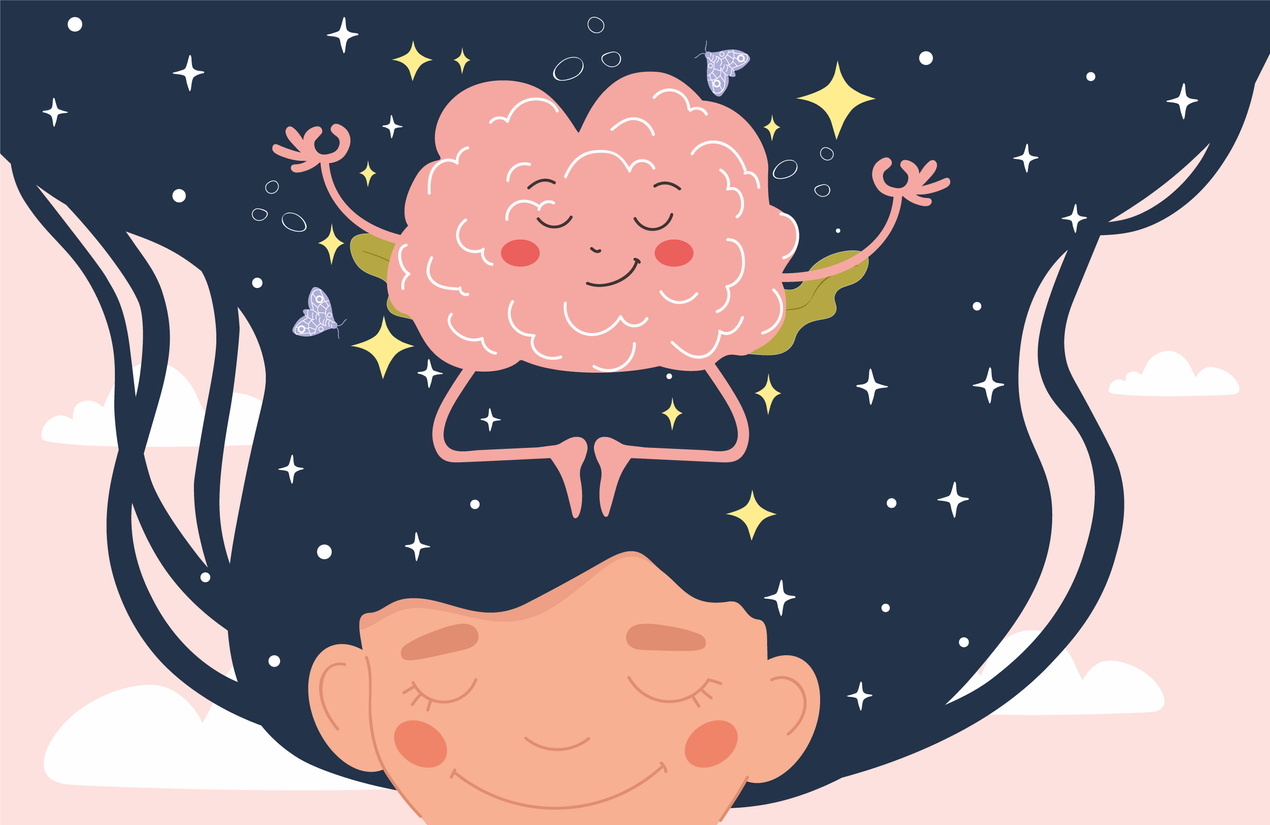Living with Chronic Pain
The Relationship Between SAD and Chronic Pain

Seasonal affective disorder, or SAD, is a specific type of depression that occurs during a certain time of year. It typically occurs during the winter when days are shorter and individuals get less sunlight.
Symptoms include low mood, low energy, and sleeping more than usual. There is a link between SAD and chronic pain. SAD can worsen chronic pain, and chronic pain can increase the risk of developing SAD or worsen its symptoms.
How chronic pain affects SAD
Research shows that individuals with chronic pain are more likely to experience depression. Specifically, some research shows that individuals with chronic fatigue syndrome and other chronic pain conditions may show signs of SAD.
Cold temperatures during winter months may worsen symptoms of rheumatoid arthritis and fibromyalgia. An increase in pain from these conditions can contribute to the development of anxiety or depression associated with SAD.
How SAD affects chronic pain
Many types of depression, including SAD, are associated with the development of pain, including backaches, headaches, and other types of pain. SAD can also worsen existing chronic pain.
The low mood and fatigue associated with SAD can lead to less movement and physical activity. This can cause stiffness and increase pain. For individuals with chronic back pain, lack of activity can lead to weakened core muscles, which puts added strain on the spine.
Treatment for SAD and chronic pain
If both chronic pain and SAD are present, treatment should address both conditions. In addition to chronic pain treatment, such as medications and therapies, treatments for SAD include counseling, light therapy, antidepressant medications, and vitamin D supplementation. Regular physical activity can also help treat both conditions by preventing stiffness, strengthening muscles, and releasing feel-good endorphins in the brain.


















